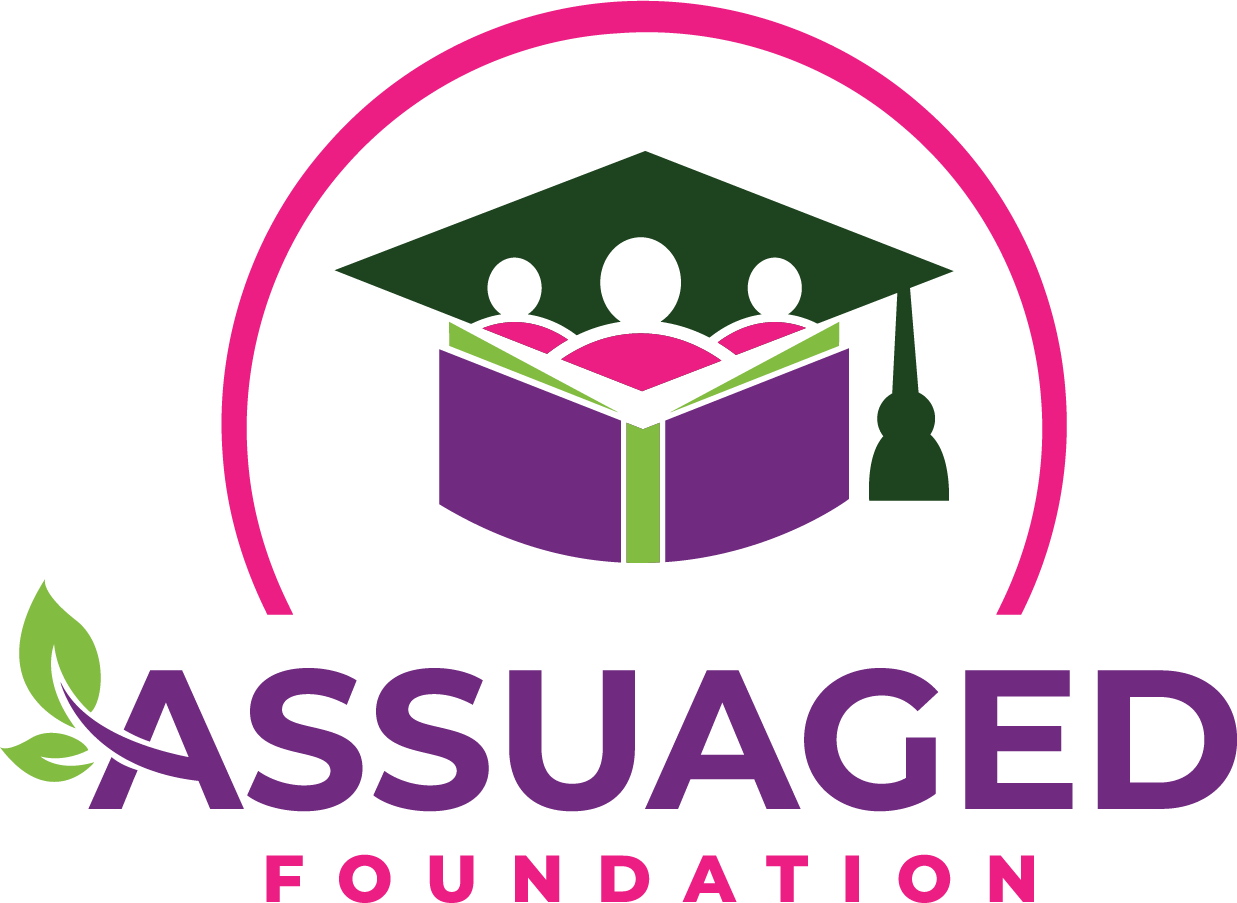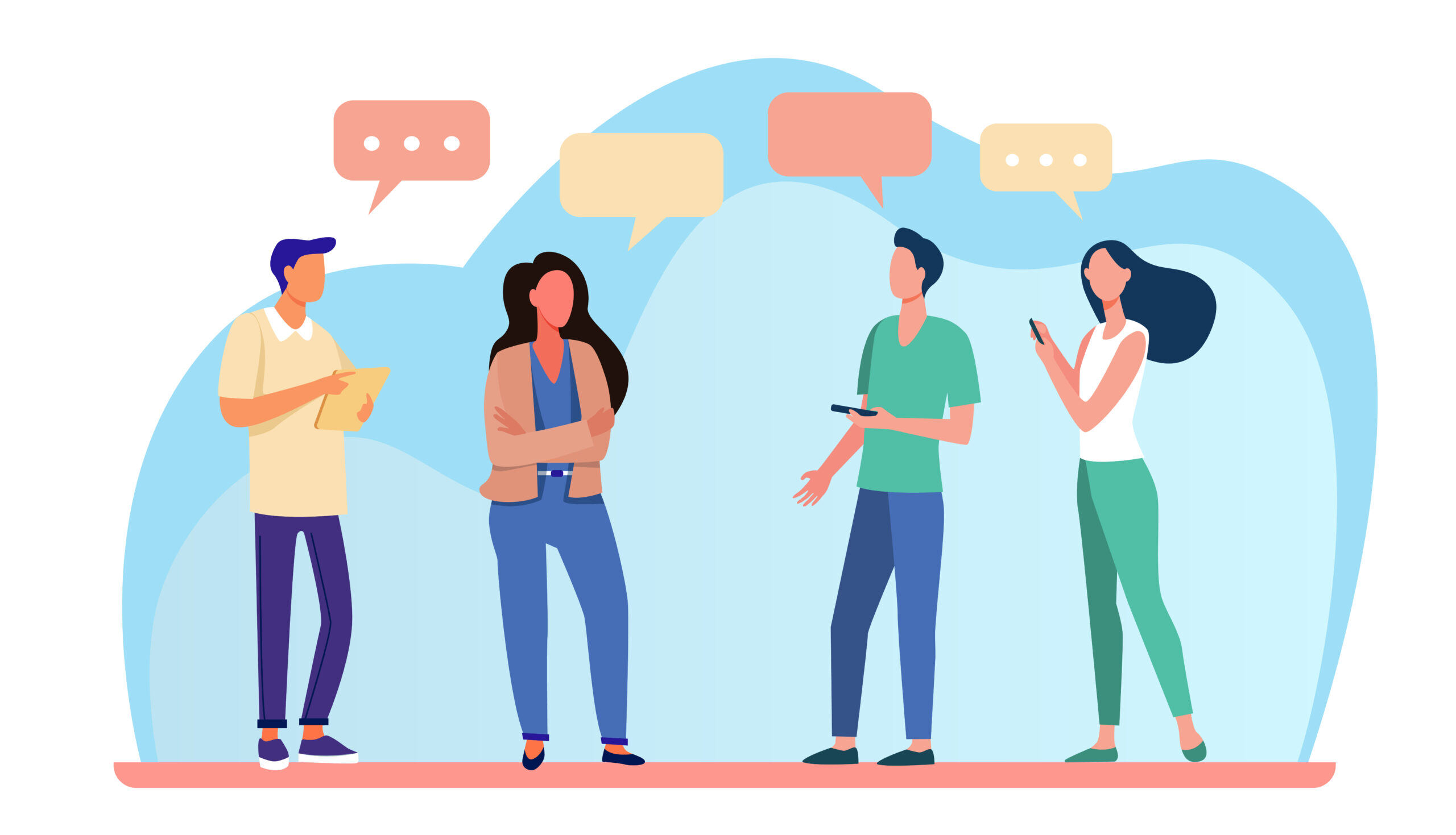Words often take center stage in communication, but the unspoken elements genuinely complete the picture. Body language, the silent communicator, plays a crucial role in connecting with others. Understanding and mastering body language can significantly enhance your conversational skills, making you a more effective and empathetic communicator[1]. In this blog post, we'll explore the various facets of body language and how you can use them to improve your interactions.
The Basics of Body Language
Body language encompasses many nonverbal cues, including facial expressions, gestures, posture, and eye contact. These elements convey emotions, attitudes, and intentions, often more powerfully than words alone. By becoming aware of these cues, you can better understand others and communicate more effectively.
Eye Contact

Eye contact is a powerful tool in communication. It helps to establish trust and shows that you are engaged in the conversation.
How to use eye contact effectively:
- Maintain regular eye contact to show interest and sincerity.
- Avoid staring, which can make the other person uncomfortable.
Gestures and Hand Movements
 Gestures can enhance verbal communication by adding emphasis and clarity. Positive gestures, such as open hands and nodding, can convey openness and agreement, while hostile gestures, like crossed arms or fidgeting, can signal defensiveness or discomfort.
Gestures can enhance verbal communication by adding emphasis and clarity. Positive gestures, such as open hands and nodding, can convey openness and agreement, while hostile gestures, like crossed arms or fidgeting, can signal defensiveness or discomfort.
Tips for Using Gestures:
- Use open, welcoming gestures to encourage dialogue.
- Mirror the other person's gestures to build rapport.
- Avoid excessive or distracting movements.
Posture and Stance

Your posture can speak volumes about your confidence and engagement. Standing or sitting upright with a relaxed stance conveys confidence and attentiveness, while slouching or turning away can suggest disinterest or insecurity.
Tips for Improving Posture:
- Adopt an upright, open posture to appear more approachable.
- Lean slightly forward to show interest.
- Avoid closed-off postures, like crossing your arms or legs.
Synchrony and Mirroring

Synchrony and mirroring involve matching the body language of the person you're interacting with. This technique can create a sense of connection and mutual understanding, making conversations flow more smoothly.
Benefits of Mirroring:
- Builds rapport and trust.
- Creates a sense of empathy and understanding.
- Encourages open and honest communication.
Common Mistakes and How to Avoid Them
Even with the best intentions, it's easy to make body language mistakes. Common errors include crossing your arms, avoiding eye contact, or appearing distracted. To avoid these pitfalls:
Stay Present: Focus on the conversation and avoid distractions.
Be Authentic: Use body language that feels natural to you.
Practice Awareness: Regularly check in with your body language to ensure it aligns with your intentions.
Mastering body language is a vital skill for effective communication. Understanding and utilizing non-verbal cues can enhance your interactions, build stronger connections, and foster greater empathy and understanding. Remember, the key to effective body language is authenticity and awareness. Practice these skills regularly, and you'll become a more engaging and empathetic communicator.
If you found this blog post helpful, subscribe to our blog for more tips on communication and personal development. Share your own experiences and suggestions in the comments section below. Let's continue the conversation and learn from each other!














